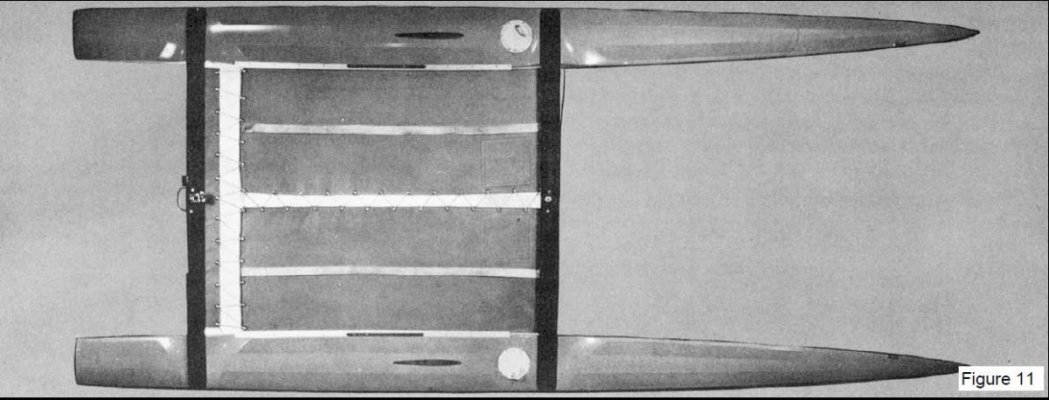Xsbank
Guru
- Joined
- Sep 7, 2013
- Messages
- 3,791
- Location
- Canada
- Vessel Name
- Gwaii Haanas
- Vessel Make
- Custom Aluminum 52
I like the ballast effect of full tanks too.
Interestingly, while doing a crossing of the gulf a week or so ago, I observed on my AIS the usual tug and barge combos doing 8 or 9 knots. While looking out the window, I saw a pusher tug and barge combo that looked like it might not be a conflict, until I checked the AIS and discovered it was doing 13 knots and was certainly going to be conflicting! The tug and barge combo in the pusher configuration provides an effectively huge waterline and therefore the hull speed was way higher than a conventional tug-and-tow config. Beware!
Interestingly, while doing a crossing of the gulf a week or so ago, I observed on my AIS the usual tug and barge combos doing 8 or 9 knots. While looking out the window, I saw a pusher tug and barge combo that looked like it might not be a conflict, until I checked the AIS and discovered it was doing 13 knots and was certainly going to be conflicting! The tug and barge combo in the pusher configuration provides an effectively huge waterline and therefore the hull speed was way higher than a conventional tug-and-tow config. Beware!





![th[1].jpg](/data/attachments/39/39025-cdf373022d9dd1018ac5239337b883a1.jpg)